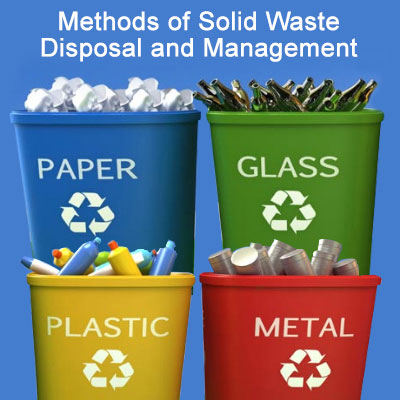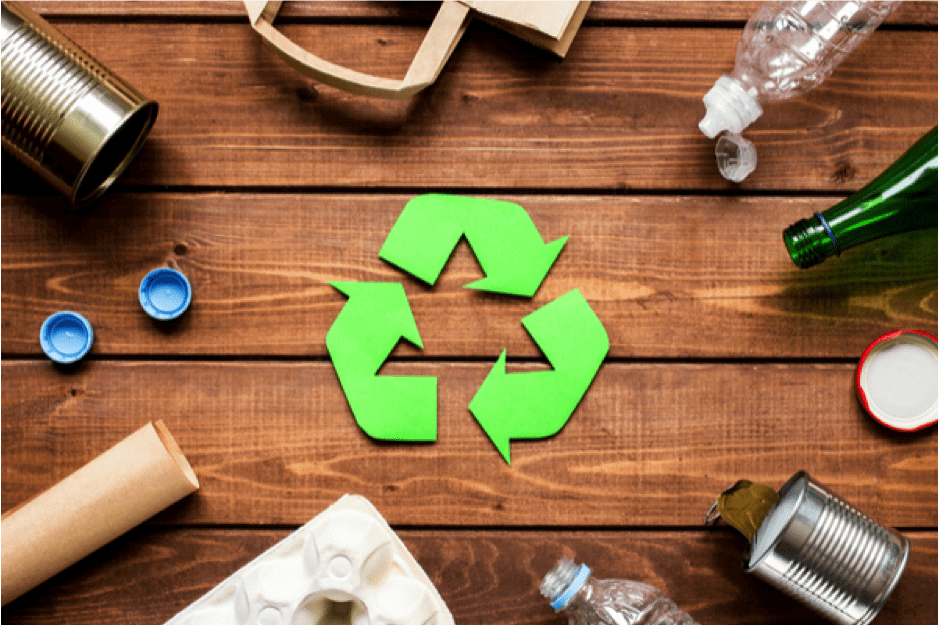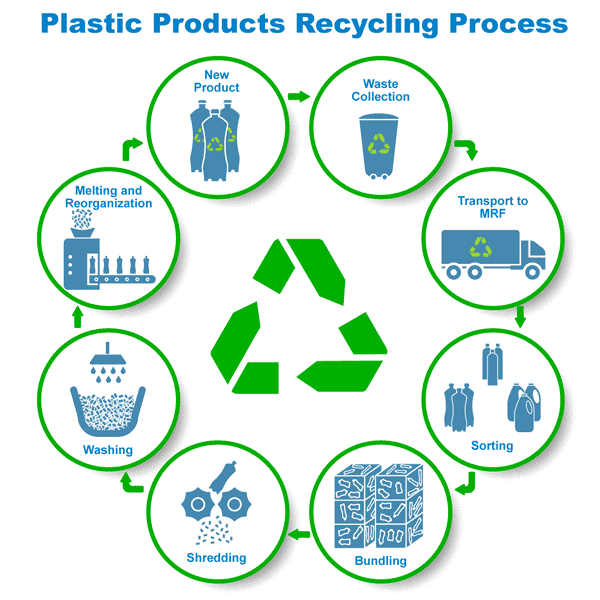Get Entailed with Recycling Lives Services for a Greener Future
Get Entailed with Recycling Lives Services for a Greener Future
Blog Article
Checking Out Different Kinds of Waste in Modern Waste Administration Systems
The contemporary landscape of waste management involves navigating an intricate range of waste kinds, each needing specialized handling and disposal approaches to reduce environmental impacts. Municipal solid waste, contaminated materials, digital waste, and natural waste each existing distinct obstacles and possibilities for source healing. Ingenious solutions such as clever waste containers and waste-to-energy modern technologies are becoming crucial devices in enhancing efficiency and sustainability. Comprehending these waste types is crucial for cultivating public understanding and encouraging energetic engagement in lasting practices. What strategies can efficiently address these diverse sorts of waste while advertising a round economic situation?
Community Strong Waste
Local strong waste, usually described as household garbage or garbage, includes a selection of thrown out materials generated by domestic, business, and institutional resources within a district. This waste stream commonly consists of products such as product packaging, food scraps, backyard trimmings, paper, plastics, fabrics, and disposed of family goods. The monitoring of metropolitan solid waste is a crucial component of metropolitan planning and public health and wellness, requiring reliable collection, transportation, and disposal systems.
Reliable waste monitoring systems are created to reduce ecological impact while maximizing source recuperation. Composting organic waste, such as food scraps and yard trimmings, not only decreases land fill usage but additionally produces useful soil amendments.
Communities should likewise resolve the logistical and economic challenges connected with waste administration. Carrying out pay-as-you-throw systems, improving public understanding, and purchasing technology can considerably enhance waste diversion prices. By integrating these techniques, communities can cultivate sustainable communities, minimize greenhouse gas exhausts, and preserve all-natural sources.
Hazardous Waste

Effective harmful waste monitoring includes numerous crucial steps: identification, disposal, treatment, and segregation. Recognition entails the classification of waste based on its harmful residential or commercial properties. Segregation ensures that hazardous materials are stored independently from non-hazardous waste to stop cross-contamination. Therapy methods, such as chemical neutralization, incineration, and stablizing, are utilized to lower the toxicity, volume, or wheelchair of the waste. Disposal alternatives, consisting of protected garbage dumps and below ground storage space, are selected to make sure lasting control.
Regulatory frameworks, such as the Source Conservation and Healing Act (RCRA) in the United States, supply guidelines and standards for dangerous waste monitoring. Adherence to these policies, combined with innovations in waste therapy technologies, is necessary in mitigating the dangers associated with harmful waste.
Digital Waste
Digital waste, typically described as e-waste, stands for a quickly expanding challenge in waste administration systems around the world. This sort of waste includes thrown out electronic gadgets and devices such as smartphones, computer systems, televisions, and other electronic home appliances. The fast rate of technical development, combined with decreasing product life-spans and consumer need for the most up to date tools, has actually significantly enhanced the quantity of e-waste produced yearly.
E-waste is particularly troublesome because of its complex composition, frequently consisting of hazardous compounds like mercury, lead, and cadmium, which pose significant environmental and wellness dangers if not appropriately handled. On the other hand, e-waste likewise has important products such as silver, copper, and gold, which can be recovered and recycled. The dual nature of e-waste-- both important and hazardous-- requires customized handling, recycling, and disposal procedures.
Effective e-waste monitoring includes stringent regulatory frameworks, durable collection systems, and advanced reusing modern technologies. Public understanding and these details participation are important, as incorrect disposal practices, such as illegal discarding and informal recycling, worsen environmental contamination and carcinogen. Boosting e-waste management methods is vital for reducing environmental impact and recuperating valuable sources in a significantly digital world.

Organic Waste
Organic waste, making up kitchen area scraps, yard trimmings, and farming deposits, represents a significant section of the worldwide waste stream. This kind of waste is biodegradable, meaning it can be broken down by microorganisms into easier organic substances. In spite of its capacity for natural decay, inappropriate administration of natural waste can lead to damaging ecological impacts, including the discharge of greenhouse gases such as methane, which add to climate adjustment.
Reliable administration of natural waste is crucial for lessening these ecological impacts (recycling lives services). Composting is a widely embraced technique, transforming natural waste right into nutrient-rich garden compost that can improve dirt health and agricultural performance. Additionally, anaerobic food digestion is an arising technology that converts natural waste into biogas, an eco-friendly power source, and digestate, which can be utilized as plant food
Municipalities and waste monitoring entities have to execute robust organic waste collection and therapy programs to make best use of the benefits of these processes. Public education campaigns can additionally play a crucial duty in motivating households and organizations to different natural waste from other kinds of waste. By prioritizing the administration of organic waste, societies can minimize land fill use, lower greenhouse gas discharges, and create valuable byproducts for agricultural use.

Innovative Waste Administration
In the world of waste administration, ingenious techniques are transforming just how societies handle their refuse, going for sustainability and performance. These advancements encompass a variety of innovations and practices that enhance recycling rates, minimize Resources landfill dependency, and lower ecological effect. One popular development is the implementation of clever waste bins furnished with sensing units that keep track of fill degrees and optimize collection courses. This not only lowers fuel intake but likewise lessens greenhouse gas emissions.
An additional notable growth is the adoption of waste-to-energy (WtE) technologies. By converting non-recyclable waste right into usable power via procedures such as incineration and anaerobic food digestion, WtE minimizes landfill burden and supplies an eco-friendly energy source. Furthermore, innovations in chemical reusing enable the breakdown of complicated plastics right into their original monomers, allowing the development of brand-new, premium plastic items.
In addition, the circular economy version is acquiring grip, highlighting the design of items and systems that prioritize reusability and source effectiveness. This holistic technique motivates industries to lessen waste generation from the outset. Via these cutting-edge approaches, modern waste administration systems are not just dealing with the instant obstacles of waste disposal however also paving the method for an extra lasting future.
Conclusion
A detailed understanding of local solid waste, contaminated materials, electronic waste, and organic waste, coupled with the application of innovative waste monitoring services, is necessary for alleviating ecological impacts. Integrating technologies such as smart waste containers and waste-to-energy systems can improve efficiency and sustainability. Efficient waste administration techniques not only foster resource recuperation however likewise promote public awareness and involvement, inevitably contributing to the development of a circular economic climate.
The modern landscape of waste management entails navigating an intricate array of waste types, each needing specialized handling and disposal techniques to alleviate ecological effects. Municipal strong waste, dangerous waste, digital waste, and organic waste each existing distinctive obstacles and chances for source recovery.Digital waste, generally referred to as e-waste, represents a rapidly expanding obstacle in waste management systems around the world. Through these ingenious strategies, modern-day waste monitoring systems are not only resolving the instant obstacles of waste disposal yet additionally paving the means for an extra sustainable future.
An extensive understanding of community solid waste, harmful waste, electronic waste, and organic waste, coupled with the execution of cutting-edge read what he said waste administration solutions, is critical for reducing environmental impacts. (recycling lives services)
Report this page